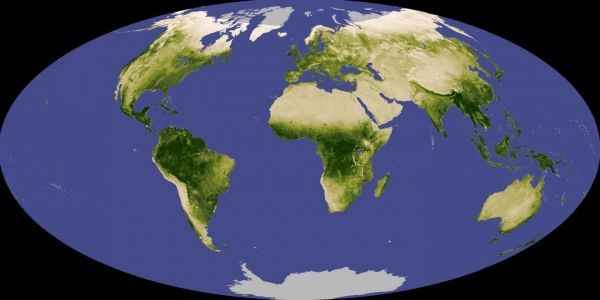Dozens of potentially habitable planets have been discovered outside our solar system, and many more are awaiting detection.
Is anybody — or anything — there?
The hunt for life in these places, which are impossible to visit in person, will begin with a search for biological products in their atmospheres. These atmospheric fingerprints of life, called biosignatures, will be detected using next-generation telescopes that measure the composition of gases surrounding planets that are light years away.
It’s a tricky business, since biosignatures based on single measurements of atmospheric gases could be misleading. To complement these markers, and thanks to funding from the NASA Astrobiology Institute, scientists at the University of California, Riverside’s Alternative Earths Astrobiology Center are developing the first quantitative framework for dynamic biosignatures based on seasonal changes in the Earth’s atmosphere.
Titled “Atmospheric Seasonality As An Exoplanet Biosignature,” a paper describing the research was published today in The Astrophysical Journal Letters. The lead author is Stephanie Olson, a graduate student in UCR’s Department of Earth Sciences.
Read more at University of California - Riverside
Image: Satellites monitor how 'greenness' changes with Earth's seasons. UCR scientists are studying the accompanying changes in atmospheric composition as a marker for life on distant planets. (Credit: NASA)


